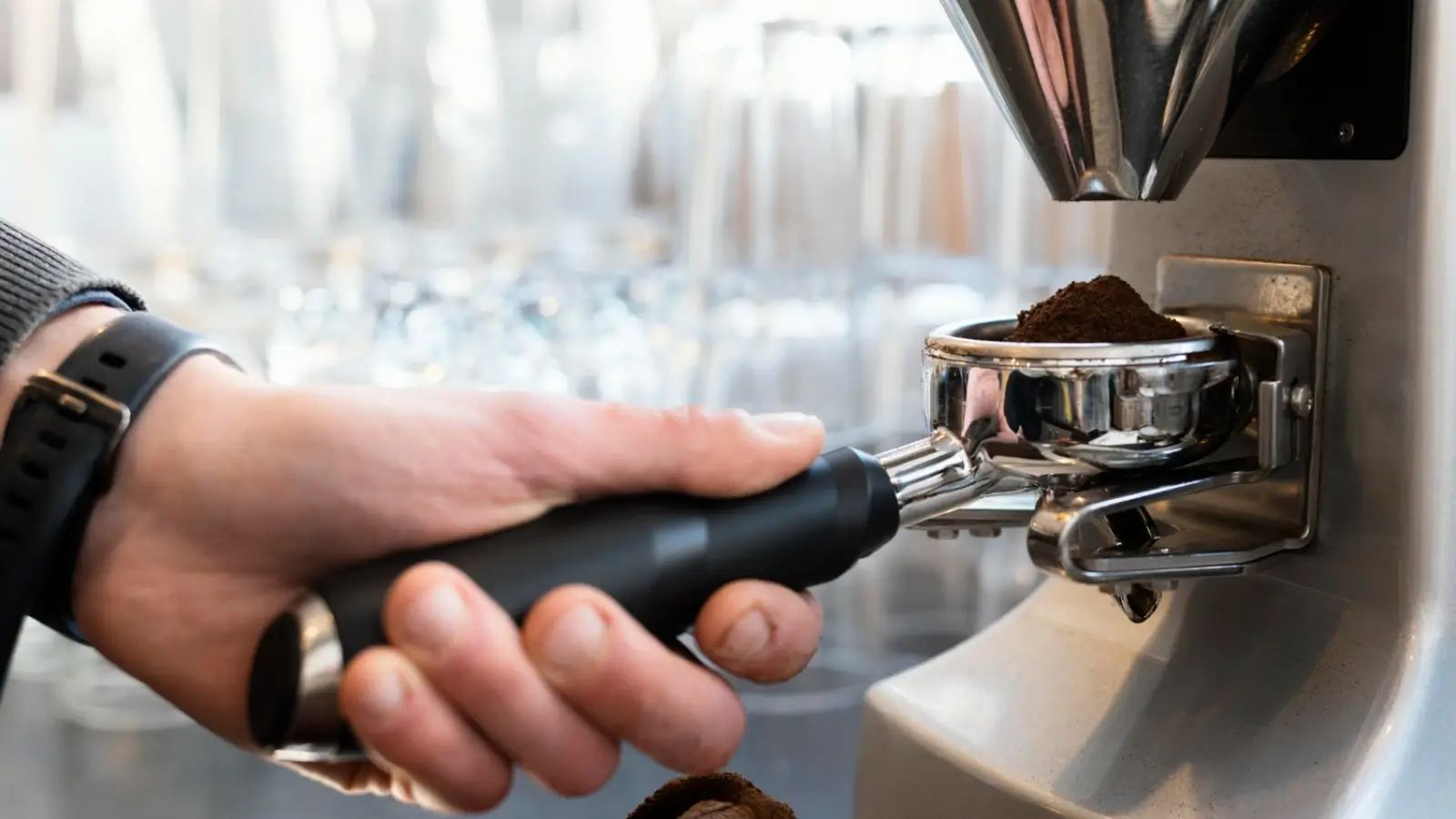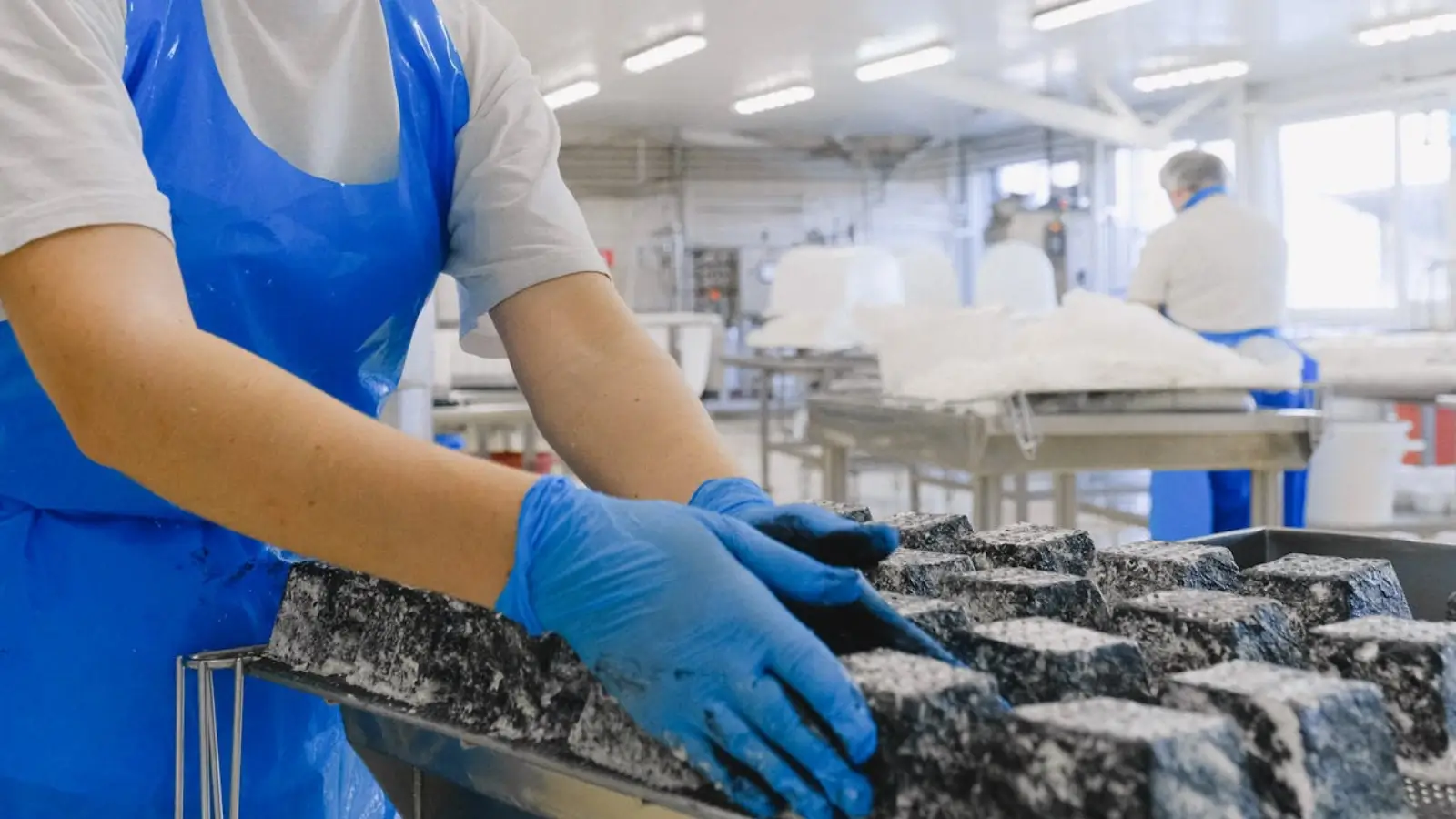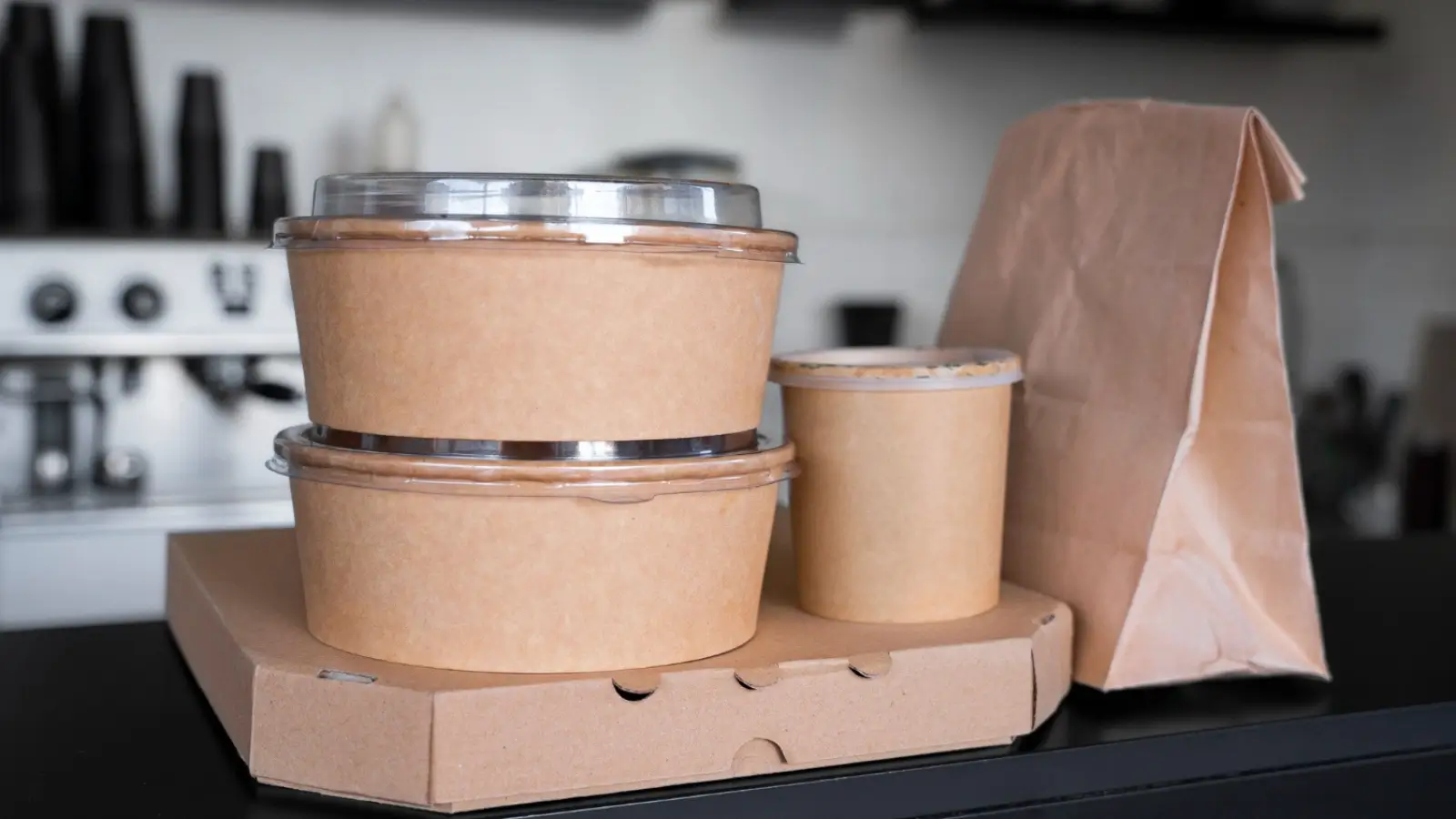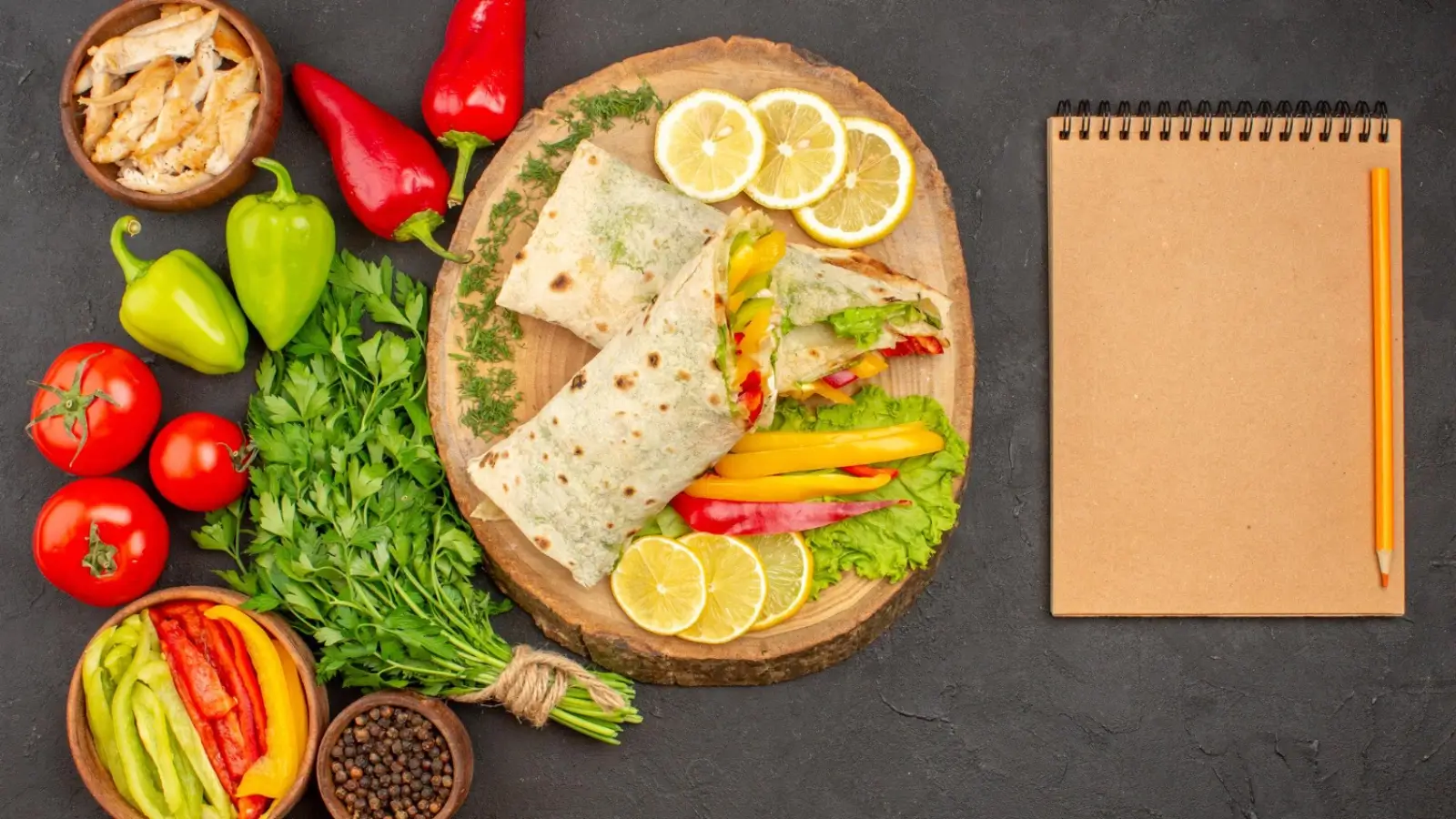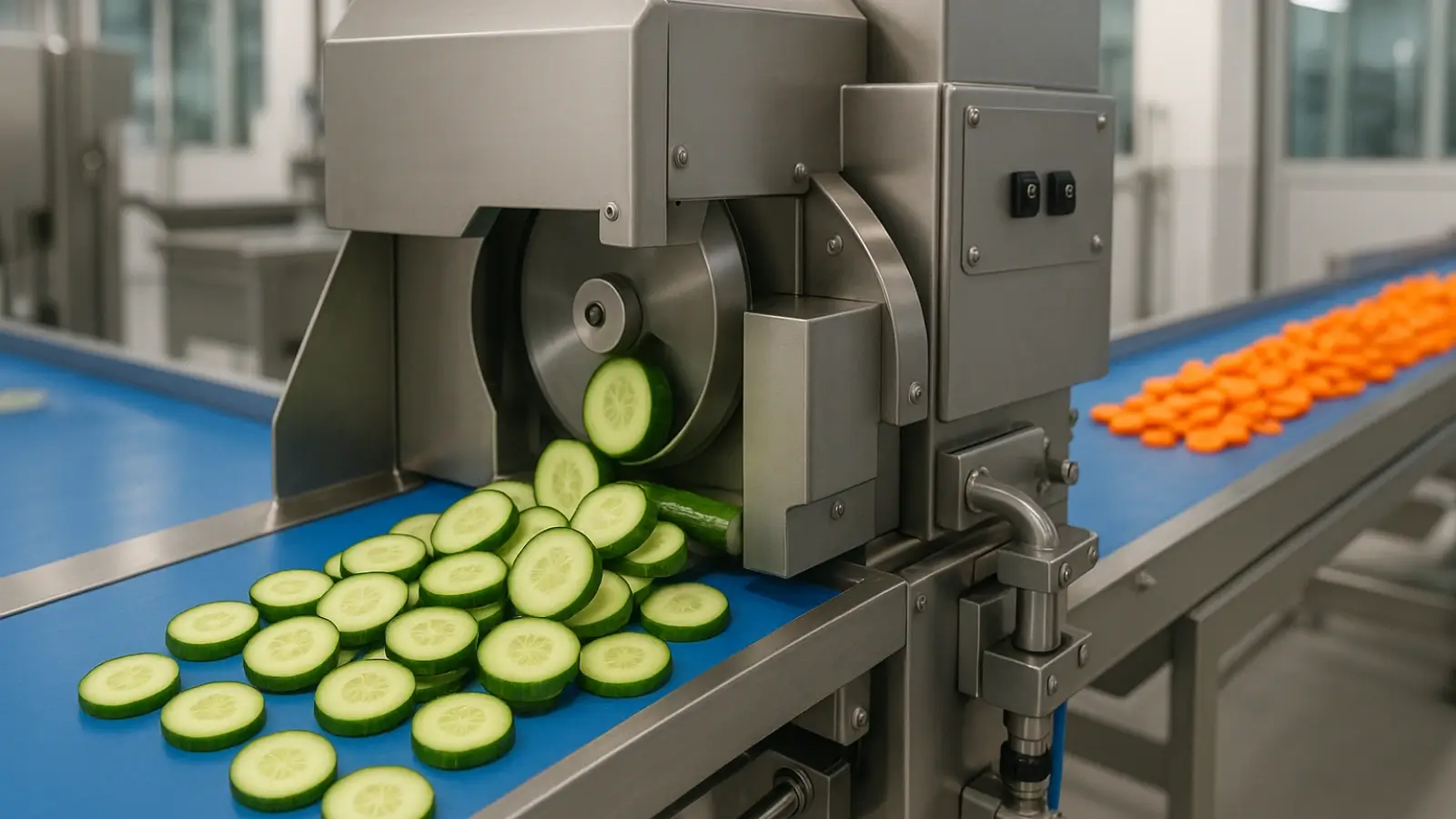Crafting the perfect cup of espresso is an art that requires precision, patience, and the right set of tools. Espresso, derived from the Italian word that means "express," is a concentrated coffee brew created by forcing a small amount of nearly boiling water through finely-ground coffee beans. While it might seem straightforward, the process of making espresso coffee is complex, and mastering it can take years of practice. In this guide, we will explore the essential tools and techniques necessary to create a superb espresso experience.
The Espresso Machine
The heart of espresso making is the espresso machine. There are a variety of machines available, from manual to semi-automatic, automatic, and super-automatic. Manual machines require the user to manually pump the water through the coffee grounds, offering the highest level of control. Semi-automatic machines automate the pressure, but still give you control over the amount of water used. Automatic machines decide both the pressure and water amount for you, and finally, super-automatic machines do everything, including grinding the beans.
The Grinder
Behind every great espresso machine should be an equally great grinder. The consistency of the coffee grind is crucial; the right grinder should produce a fine, uniform grind necessary for the espresso brewing process. Ceramic burr grinders are often recommended because they provide a consistent grind and do not heat up your coffee beans during grinding, which can affect the taste.
Measuring and Tamping
Precision is key when it comes to espresso coffee. The correct amount of coffee grounds is typically between 7-9 grams for a single shot and about 14-18 grams for a double shot. Once measured, the grounds should be tamped down evenly to ensure the water can pass through the coffee at an even rate. An uneven tamp can lead to over or under-extraction, resulting in a subpar espresso.
The Water
Water quality is essential in espresso preparation. The water used should be clean, without any odour or taste that may compromise the flavour of the coffee. It should also be heated between 90-96 degrees Celsius, the ideal temperature range for extracting flavour from coffee grounds.
Extraction
The extraction process is where the magic happens. Typically, a well-pulled shot of espresso is extracted within 25-30 seconds. If the shot takes less time, it may be under-extracted, leaving you with a sour and weak espresso. If it takes longer, it may be over-extracted, which can be bitter and harsh.
Milk Frothing and Texturing
For many espresso-based drinks, milk is an essential ingredient. The technique of frothing and texturing milk requires its own set of skills. The aim is to achieve creamy, smooth milk with small, uniform bubbles, known as microfoam. This process enhances the overall texture and taste of the beverage.
Cleaning and Maintenance
Like any other culinary tool, proper cleaning and maintenance of your espresso tools are vital to the longevity of the equipment and the quality of your coffee. Residual oils from coffee can cause bitterness, and scale build-up from water can damage your machine. Cleaning should be done daily, and a deeper cleanse is recommended weekly or monthly, depending on the frequency of use.
The Role of Freshness
Freshness impacts the quality of espresso coffee significantly. Coffee should be ground fresh for each use because once ground, coffee beans begin to oxidise, leading to a loss of flavour. Similarly, fresh beans are paramount; coffee is at its peak flavour a few days after roasting and should be used within a month for optimal taste.
Barista Techniques
A flair for technique and presentation is what distinguishes a barista from a coffee maker. Master baristas understand the ins and outs of espresso extraction and can adjust variables like grind size, water temperature, and pressure to produce a consistent shot. They are also proficient in latte art, a skill that combines creativity with a thorough understanding of milk texture and pour control.
Continuous Learning
The world of espresso coffee is ever-evolving, and so must the barista's skills. To truly master the art of espresso, one should engage in continuous learning. This may include attending workshops, barista competitions, and keeping up-to-date with the newest coffee trends and techniques.
Patient Practice
Becoming adept at making espresso coffee is an exercise in patience. The many variables involved, such as bean variety, roast level, grind size, and tamping pressure, mean that each new batch of coffee can behave differently. It is through persistent practice that one refines their technique and hones their skills.
Understanding and mastering the art of espresso coffee is a rewarding journey. It combines technical skill, sensory appraisal, and artistic expression. The essential tools and techniques outlined in this guide provide an overview and the foundation you need to get started. Remember, great coffee lies in the details, and with the right approach, your espresso craft can transform from a simple beverage into a gourmet experience that delights the senses.
For those who wish to explore the variety and depth that espresso coffee offers, visiting specialty coffee shops or exploring online collections can provide access to high-quality equipment and beans. With dedication and practice, along with the expertise acquired from guides and hands-on experience, you will be well on your way to mastering the delectable art of espresso coffee.

